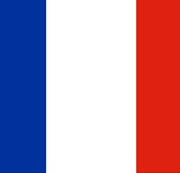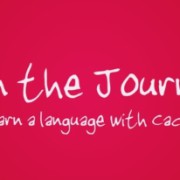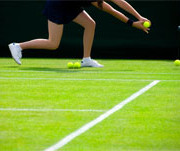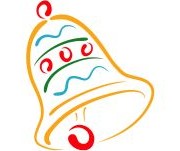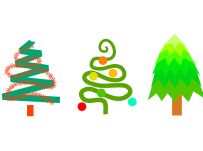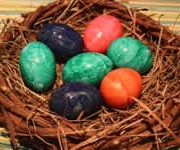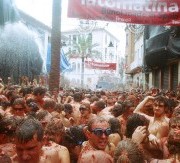Top 10 French Rugby Phrases
With the Rugby World Cup 2015 in full swing, things are heating up. We’ve seen a shock Japanese victory and a stunning Welsh win, and supporters from all over the world cheering on their teams!
If you’ll be supporting the French, here are a few French rugby phrases to make you look – and sound – like a pro:
French Rugby Phrases
| Que le meilleur gagne ! | May the best team win! |
| Non seulement it est puissant, il est vite ! | Not only is he strong, he is fast! |
| C’était un en-avant, tu sais | It was a forward pass, you know |
| Le ballon est passé entre les poteaux | The ball passed between the posts |
| Il est recompensé | He worked hard to get that (un essai = try) |
| C’est incroyable | I can’t believe it |
| Allez, l’arbitre! | Come on ref, you can see something was wrong there! |
| Quel beau match ! | What a great game! |
| Ça ira mieux la prochaine fois ! | Better luck next time! |
| On est les champions ! | We are the champions! |
Cactus offers French evening courses in locations across the UK and French courses abroad (France, Switzerland, Canada and French Islands).
If you have a language learning or language teaching query that you can’t find the answer to, please get in contact with us either by Facebook or by Twitter, or contact us here.

